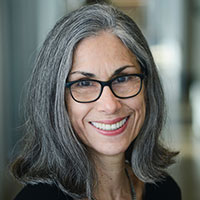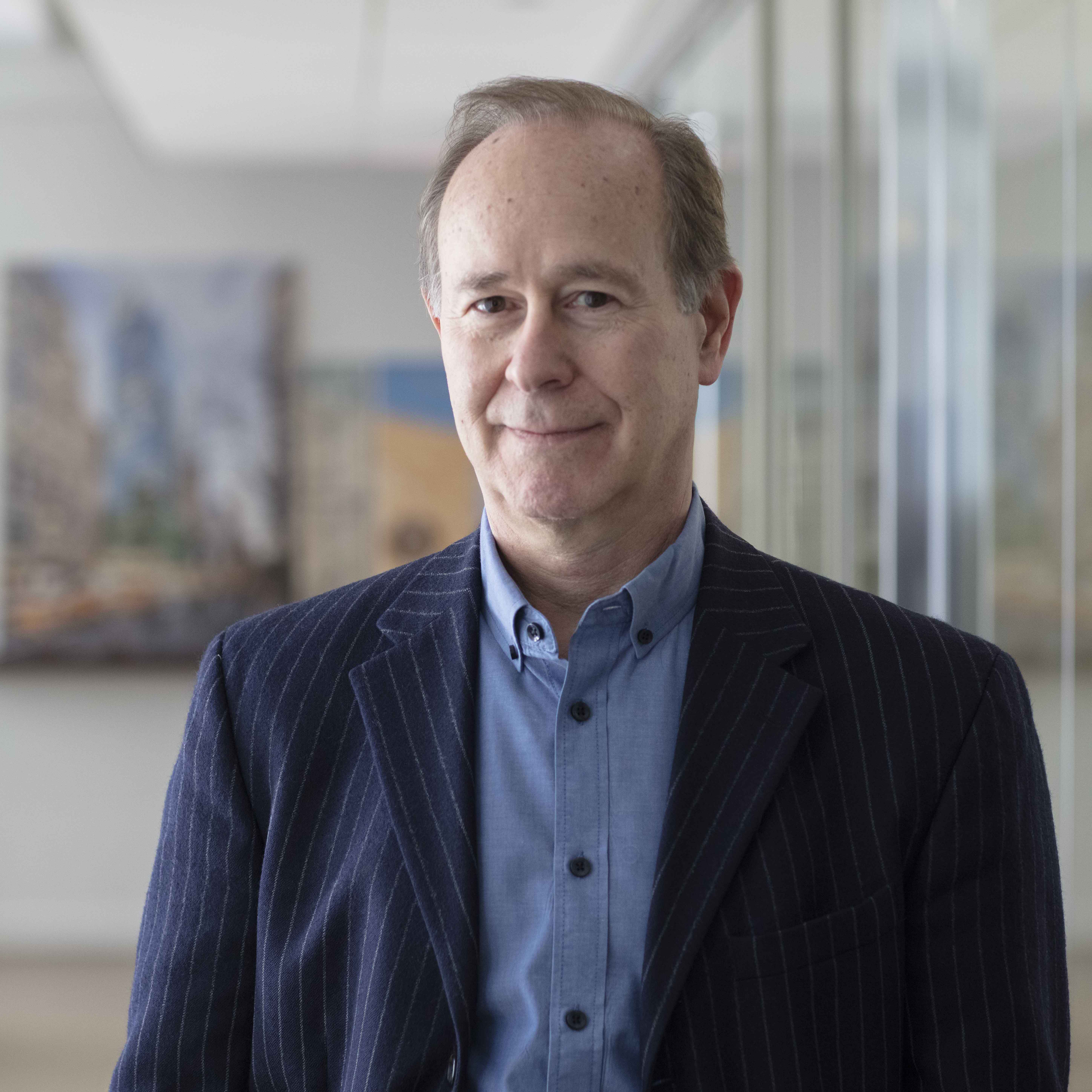Projects
LAPD Motor Transport Division + Main Street Parking
New to Downtown L.A.’s developing Gallery Row, John Friedman Alice Kimm Architects’ Main Street Parking + Motor Transport Division building for the Los Angeles Police Department sets a glowing standard for utilitarian civic architecture.
Read More
Dhoby Ghaut Green
Inserting a sinuous amphitheater and a rectilinear caf' pavilion into an existing park, Soo Chan brings new life to the public realm.
Read More
Copyright ©2024. All Rights Reserved BNP Media.
Design, CMS, Hosting & Web Development :: ePublishing

